Gymnastics Strength Training: A Complete Guide for Coaches and Athletes
Dhwani Shah
October 9, 2025
‧
7 min read
I was never much of a gymnastics enthusiast before I heard news of Simone Biles creating history. Her name and face were everywhere — on the Internet, in newspapers, on news channels. Everyone was raving about this young gymnast who was dominating the sport with her groundbreaking skills.
Curious to know what the hype was all about, I deep-dived into Google to learn all about this gymnastics sensation, and I was hooked. As I stumbled upon videos of her performances, I couldn't help but be amazed. So nimble, yet so explosive. Be it the bar, beam, vault or mat, her athletic excellence shone through the screen, and I was simply in awe of her brilliance and individuality.
A perfect somersault, a flawless flip, a graceful landing. Gymnasts make their movements look so effortless, but behind the exemplary poise and precision lies immense physical strength. Holding your entire body weight on your arms, maneuvering your movements mid-air, and landing with perfect stability demands extraordinary power, control and flexibility, particularly in the upper body, core and lower body.
This strength is not gifted; it's built, muscle by muscle, inch by inch. Strength training is a crucial part of gymnastics conditioning. It's not only about getting fitter and tougher; it’s also about boosting performance, improving form and reducing the risk of injury.
As a gymnastics academy, incorporating the right gymnastics strength training into your program can help your athletes reach their full potential while staying safe and strong. In this blog, we’ll tumble into the importance of strength training for gymnasts, and how to effectively incorporate it into your gymnastics classes.
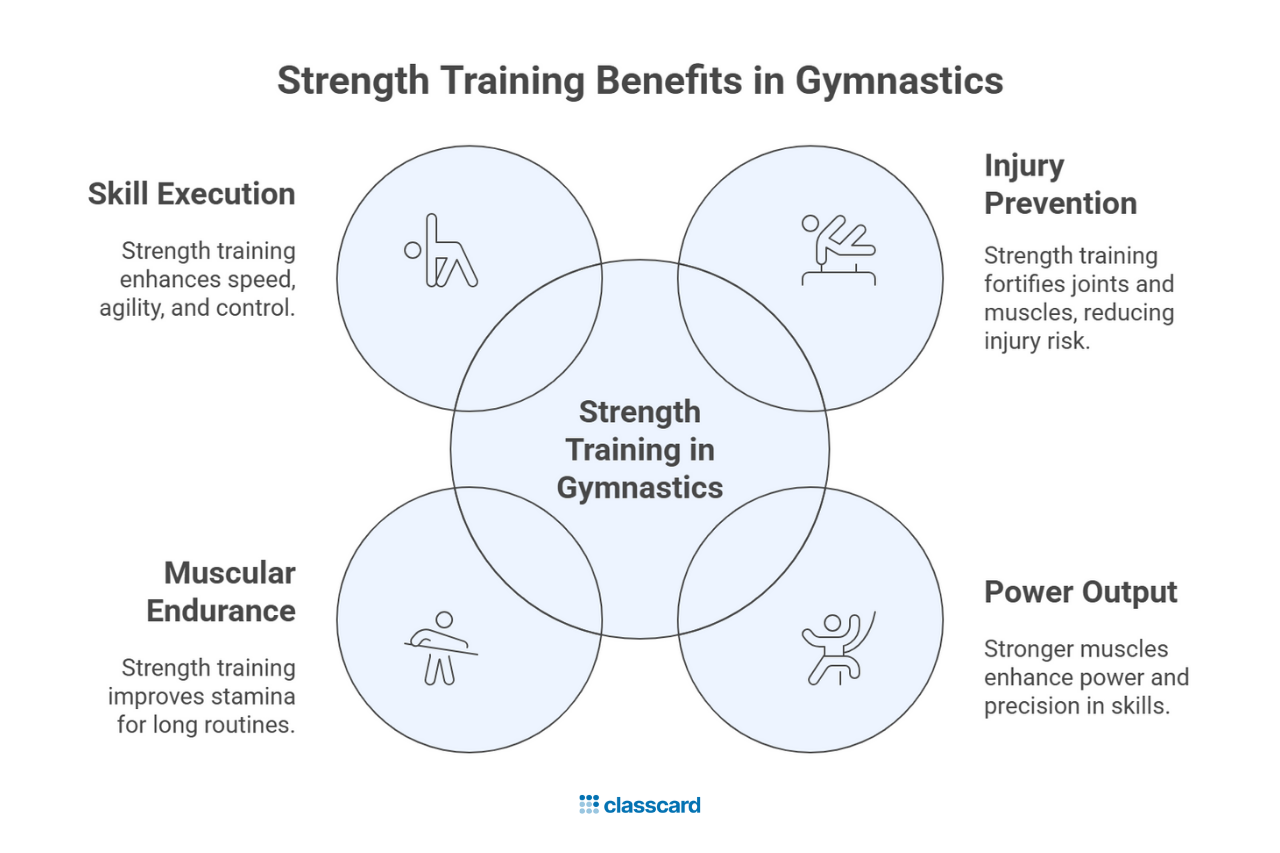
A gymnast's body is constantly being pushed to its limits. Each skill involves a high range of motion and the absorption of excessive force. The impact of an effortless, elegant landing is often 10 times the body weight! The force and repetition of these high-impact movements demand power and endurance across the entire body, making strength training a non-negotiable in the gymnastics training regimen to enhance execution, prevent injury and improve performance longevity.
Here’s why you, as a gymnastics coach or academy, should incorporate strength training into your gymnastics program:
The high-impact movements in gymnastics exert sufficient force on a gymnast’s body. Strong joints and muscles are necessary to absorb this pressure which is often many times heavier than the body frame. Strength training conditions and fortifies the joints and muscles to reduce common gymnastics injuries and support faster recovery.
Stronger muscles allow gymnasts to execute skills with more power and precision, particularly beneficial for tumbling speed, vault height, explosive take-offs and dismounts, and intense bar routines.
Stronger muscles help gymnasts maintain peak form through long training sessions and routines. Muscular endurance matters especially during longer events where fatigue can set in and affect execution and performance.
Beyond strength, gymnastics also demands speed, agility, balance and control. Strong muscles help gymnasts execute quicker, more fluid movements during sequences and maintain body control while performing challenging skills, be it static holds or dynamic tumbling. Improved balance and stability also translate to a reduced risk of errors and falls. When combined, this enhanced execution results in better scores, providing a significant edge over opponents.
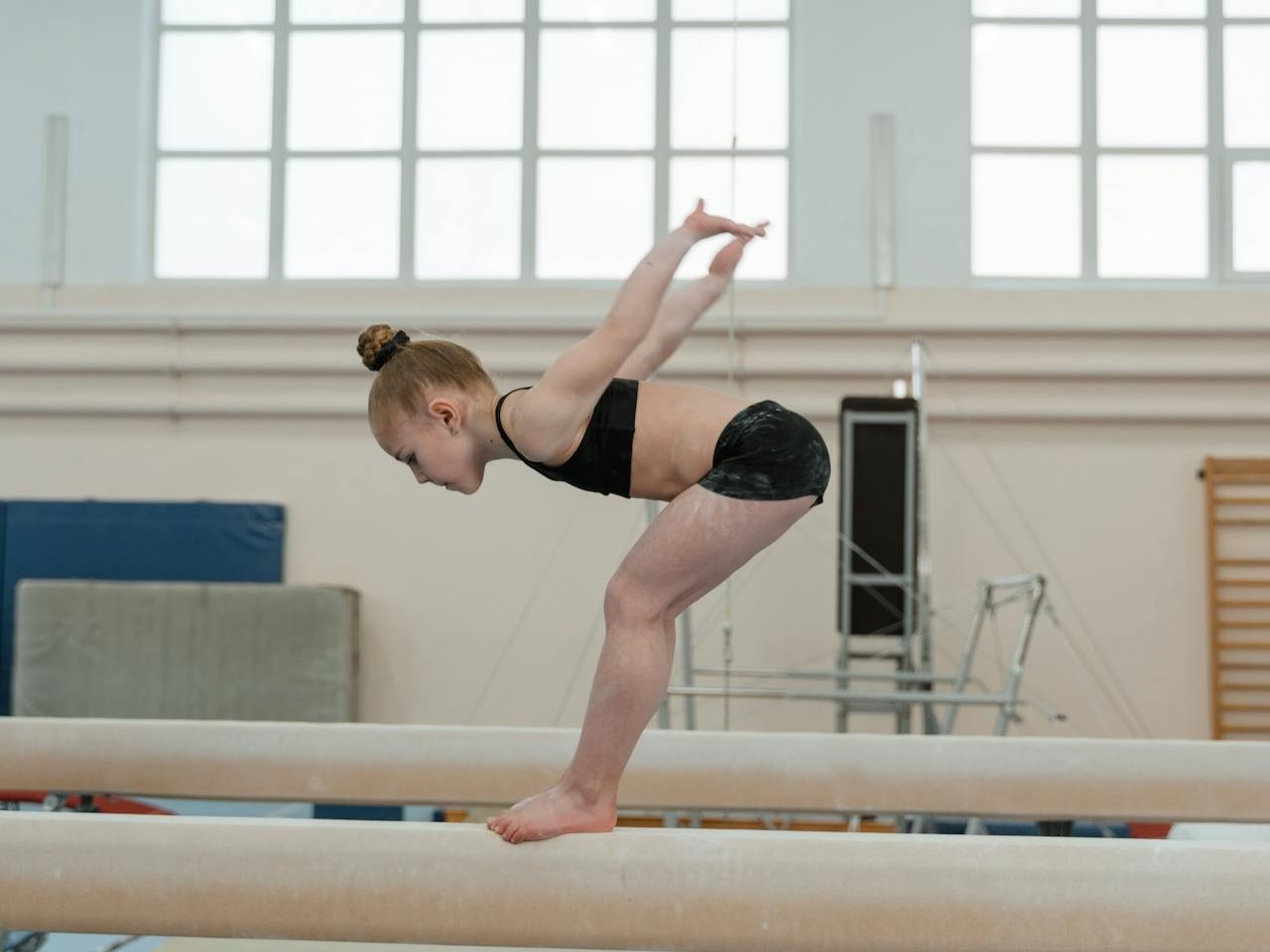
Every gymnastics strength training program should focus on 3 core areas: upper body, core and lower body. Here’s why each area matters and the best gymnastics exercises to teach at your academy to build strength in each of the domains.
The upper body plays a key role in gymnastics. A strong back, shoulders, arms, elbows and wrists are crucial for supporting bodyweight on apparatus, performing swings, and holding inverted positions. Upper body strength also helps manage the high forces experienced during ring, high bar and other uneven routines.
Here are some gymnastics exercises which help fortify the upper body muscles:
Benefits:
How to perform: A handstand requires you to support the entire weight of your body on your arms and be comfortable upside down. Start on all fours close to a wall. Lift your legs, place them against the wall and walk upwards till they are at a 90 degree angle with the body. Now, carefully bring your legs, one after another, over your shoulders and wrists in a tight, straight line alignment, engaging the shoulders and core. As you get comfortable and stronger, you may advance from the wall-supported handstand into a freestanding handstand.
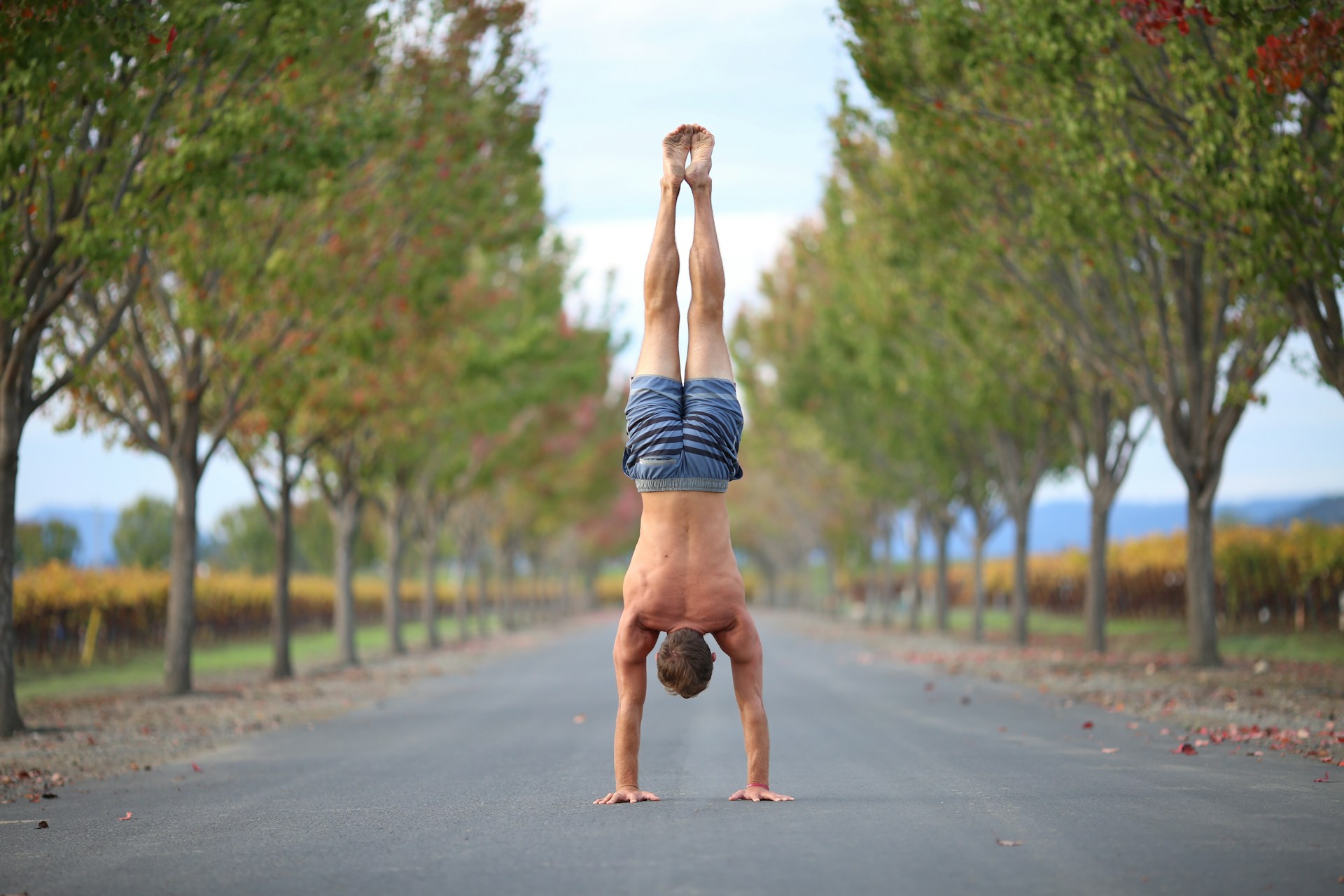
Benefits:
How to perform: Get down on all fours with your hands under or slightly wider than your shoulders. Extend your legs back to maintain a straight line from your head to heels. Lower your chest toward the floor so that your elbows are bent at 90 degrees, and push back up until your arms are straight. Do as many reps as convenient.
You can also try push-up variations depending on your comfort level and fitness goals. For instance, you can combine the above exercises to perform handstand push-ups, which are great for shoulder and tricep development.
Benefits:
How to Perform: Hang from a pull-up bar with the palms facing forward, hands slightly wider than your shoulders. Pull your chin over the bar using only your arms and upper body, then lower yourselves with control until your arms are extended, and repeat as many times as feasible. You could also practise chin-ups, a version of pull-ups with the palms facing yourself.
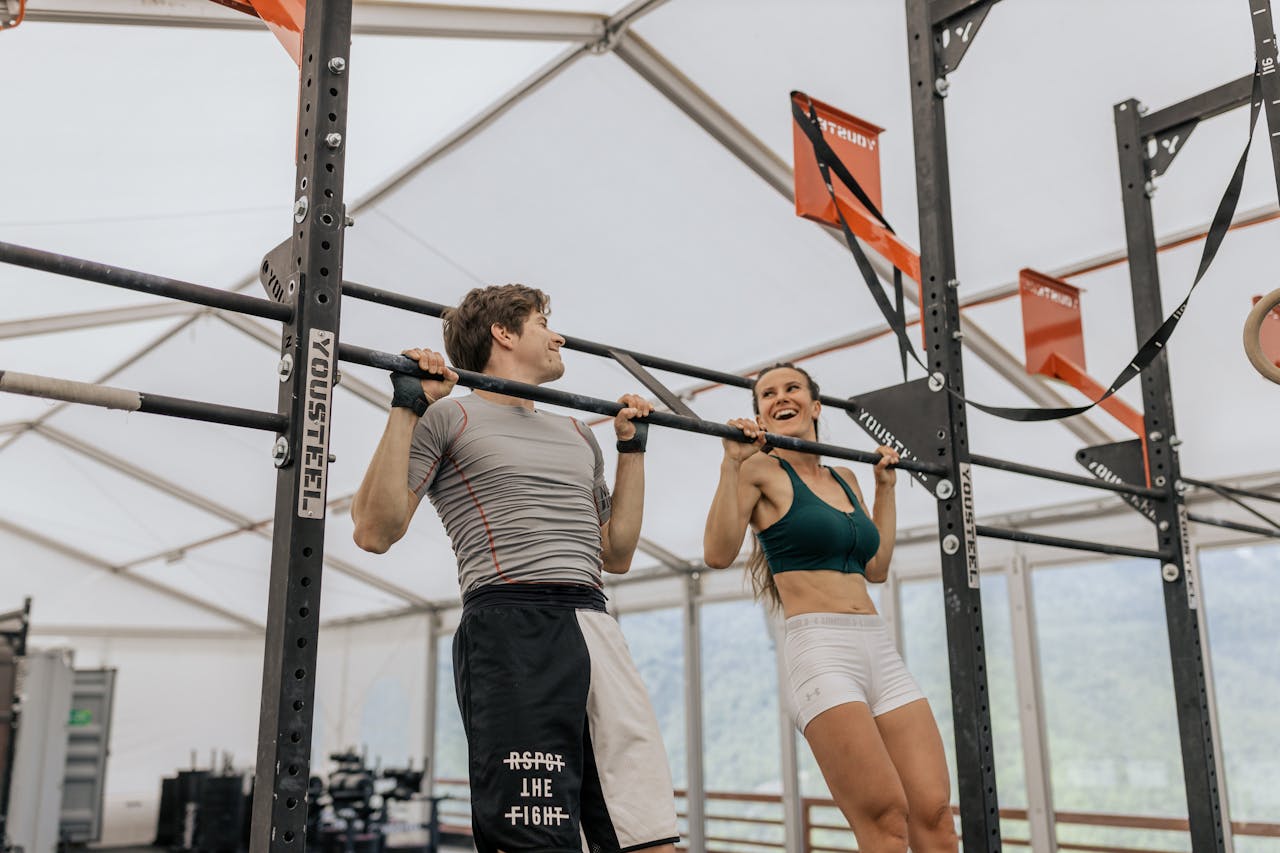
Core strength is essential for maintaining body control and balance in gymnastics. Strong muscles in the abdomen, lower back and pelvis help with the anchored execution of skills on various apparatus. A tough core keeps the body stable in flight and during dynamic motions, and helps to maintain tight shapes during tumbling and holds.
Here are some exercises that engage the core muscles:
Benefits: Improves core stability, endurance, and spinal alignment
How to perform: Support your bodyweight on the forearms and toes, with the hands directly under the shoulders, keeping a straight line from your head to heels. Engage your abdominal muscles, draw your navel towards your spine and keep your shoulders down. Hold the position for as long as possible. As you progress, you can try variations like side planks and plank shoulder taps.
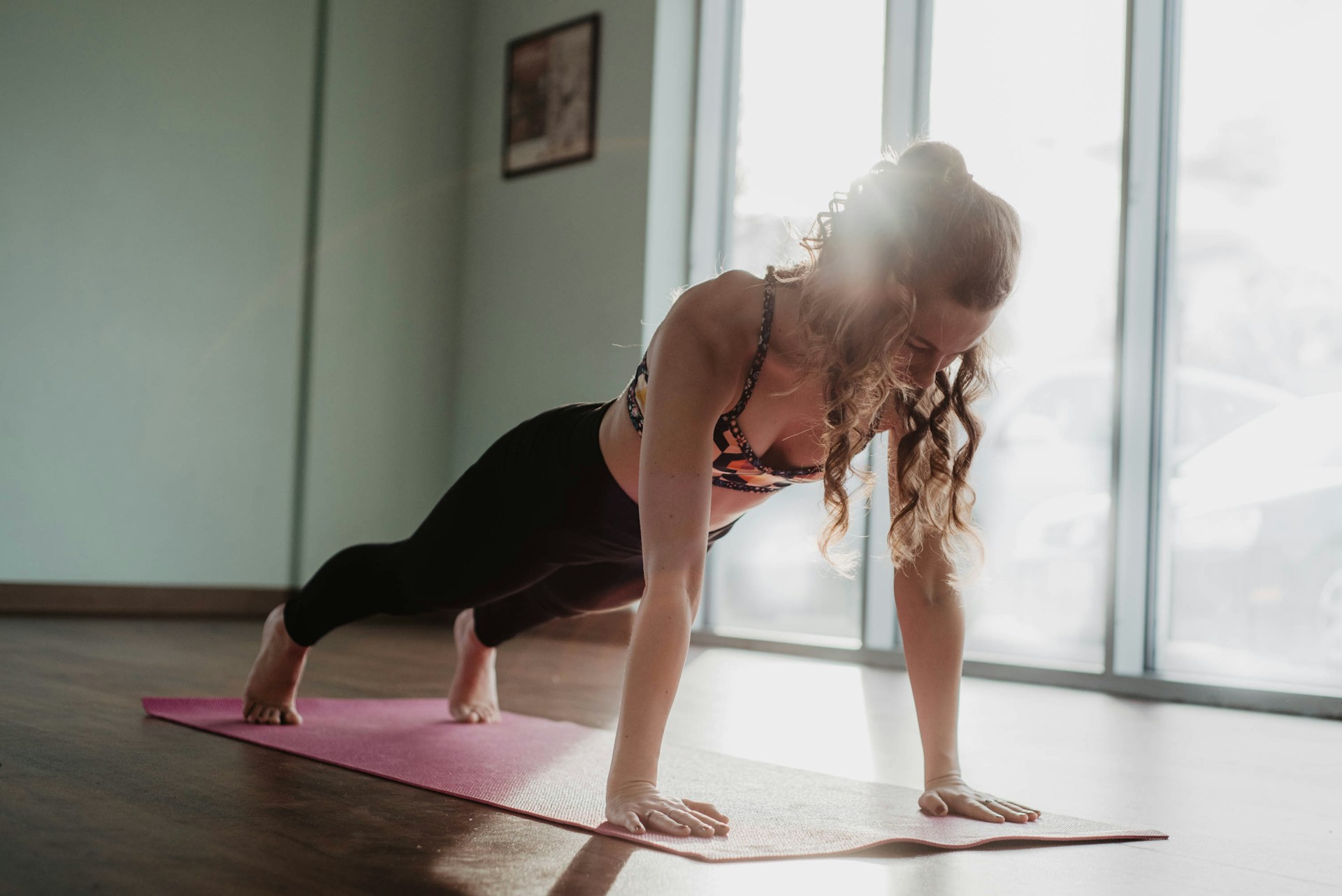
Benefits:
How to perform: Start by lying down on your back. Lift your legs and shoulders blades slightly off the floor, extending your arms behind you. Keep your lower back pressed into the ground and continue to engage your abs and glutes.
Lower body strength generates the power, height and momentum to drive explosive movements like powerful jumps and leaps, and vault and beam routines. Sturdy legs absorb impact to ensure safe, controlled landings and reduce the risk of injury.
Here are some exercises to build lower body strength:
Benefits:
How to perform: Stand with your feet under your hips and your arms at your side. Step one leg forward into a lunge. Lower the other toward the ground (but not touching the ground), until both knees are at 90 degrees. Then return back to the starting position.
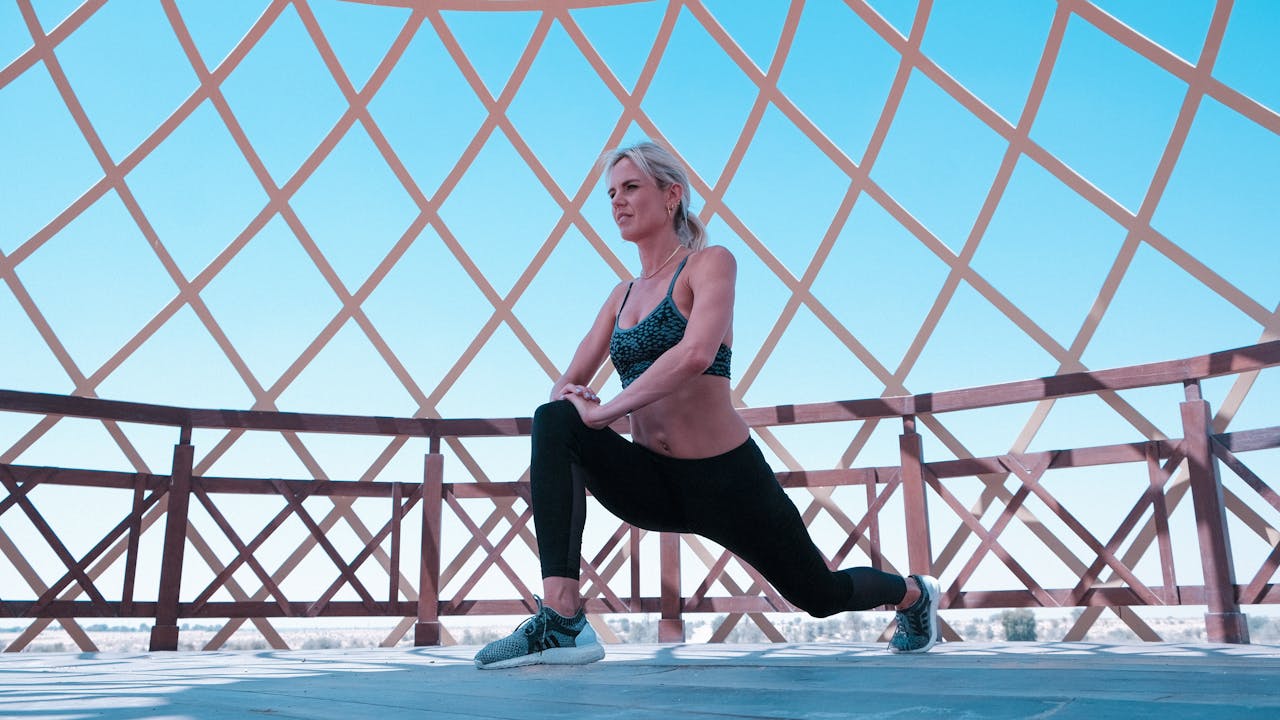
Benefits:
How to perform: Stand with your feet shoulder-width apart, toes pointing forward. Slowly bend the knees, hips and ankles till your knees reach a 90 degree angle. Straighten your legs to return to the starting position.
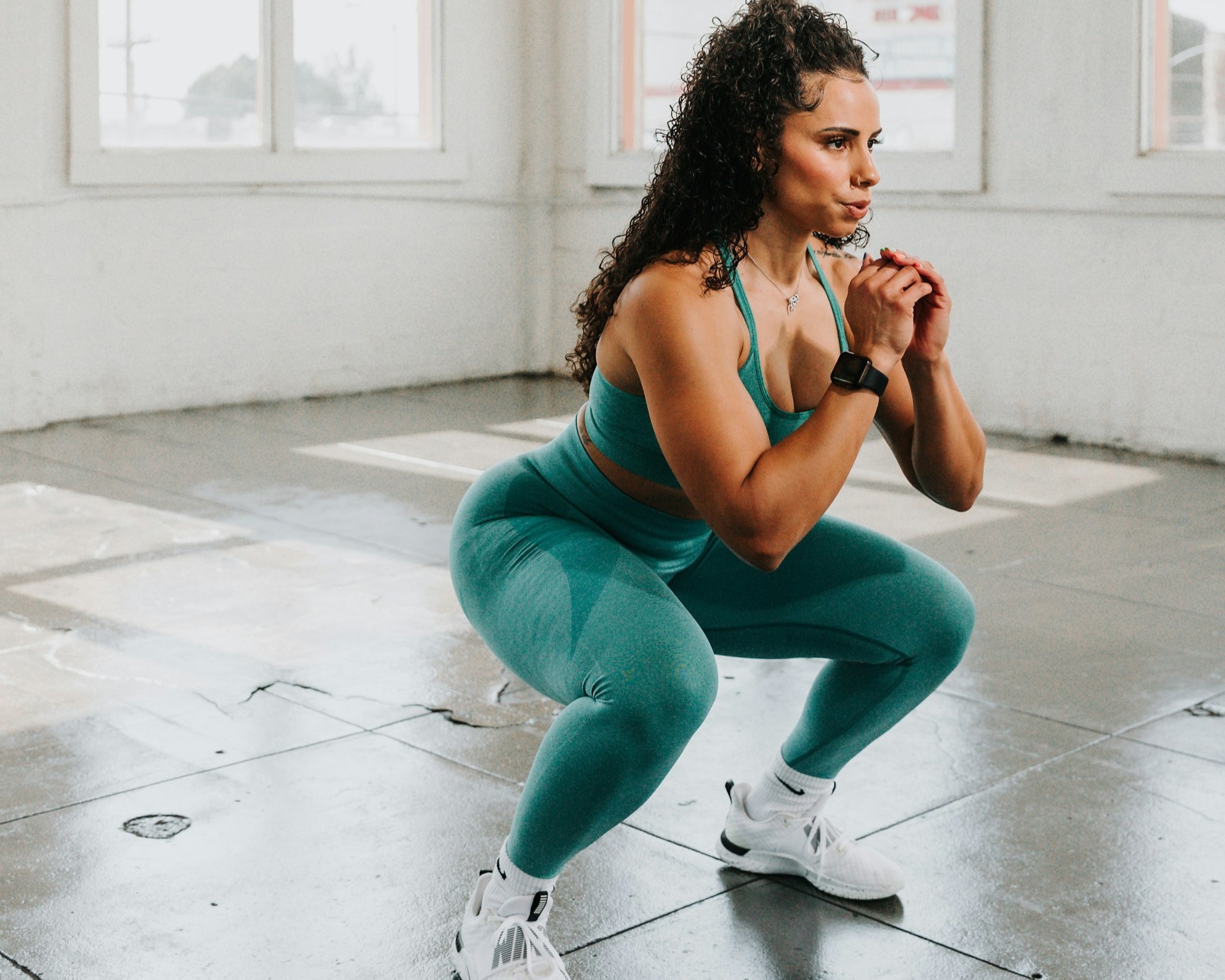
Benefits:
How to perform: Stand with your feet under your shoulders, toes pointing forward. Raise your heels as high as possible and stand on the toes and balls of your feet. Hold for a second and then lower slowly. You could also try variations like seated calf raises or calf raises with dumbbells.
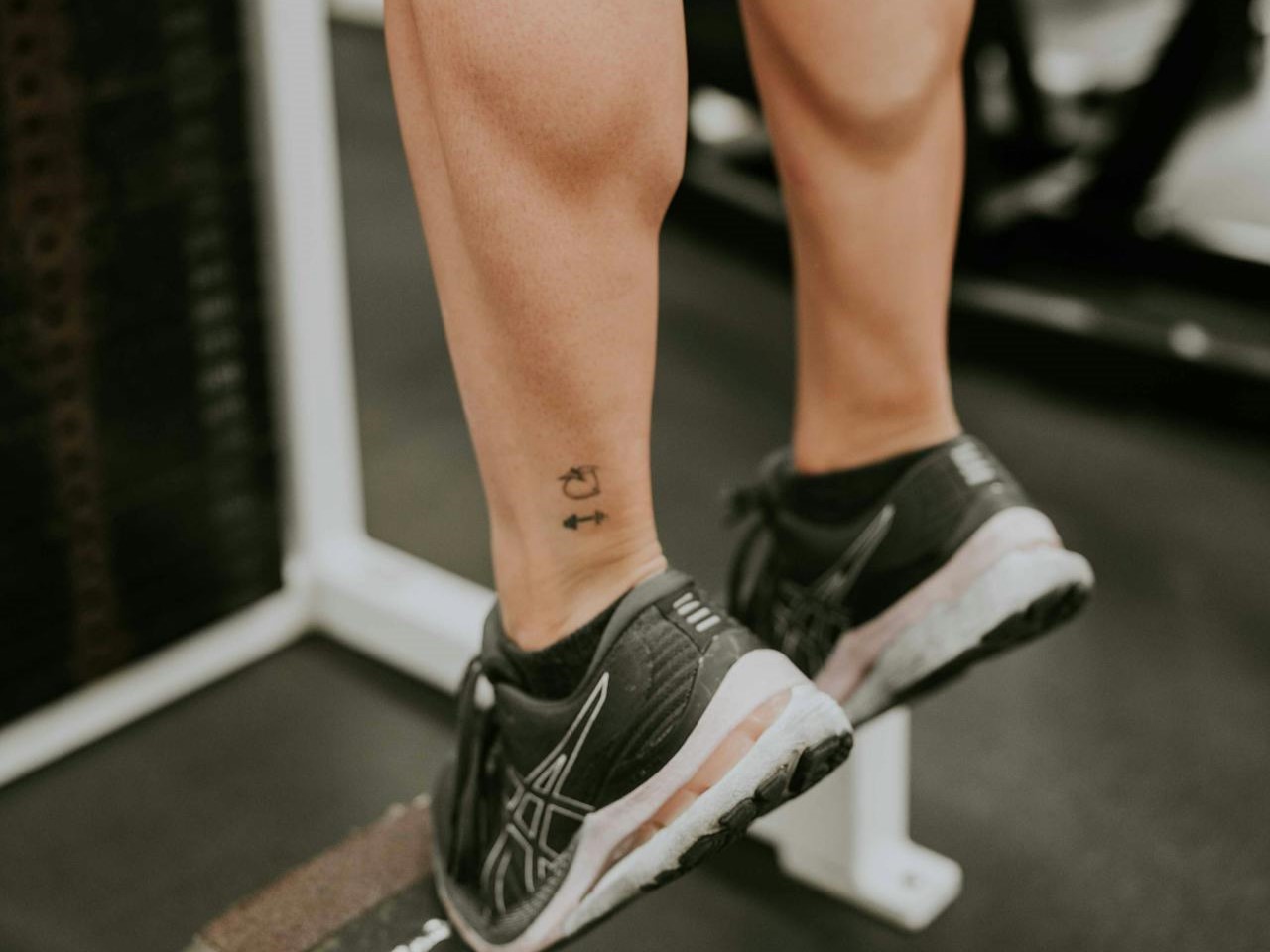

Gymnastics strength training and skill development should go hand-in-hand to support a well-rounded gymnastics workout. Here’s how you can mindfully incorporate strength training at your gymnastics academy:
Add around 10 to 15 minutes of focused gymnastics conditioning in every training session. You could add short sets of exercises into warm-ups and cool-downs to maintain consistency.
You could schedule separate strength training classes once every week for more focused improvement. These could be structured by need (prioritizing areas for improvement) or by rotation (upper body in Week 1, lower body in Week 2, core in Week 3, and a mix of all in Week 4).
Prioritize building a robust strength base during the off-season, shifting the focus to gymnastics-specific skill training and refinement as competition season approaches.
Work a combination of gymnastics exercises — strength training with flexibility, mobility, and skill drills to facilitate all-round development. Use a mix of bodyweight movements (pull-ups, push-ups, planks) with weighted exercises (squats, deadlifts, presses) to enable overall gymnastics conditioning.
Set measurable goals and use performance logs, rep counts and timed holds to track improvements over time. Gradually increase the weight, reps, sets, or intensity to ensure continuous improvement and drive motivation.
Whether you are training recreational gymnasts or elite athletes, strength is a crucial part of gymnastics conditioning and lays the foundation of success in the sport. A structured gymnastics strength training regimen can elevate athlete performance, building trust and confidence among learners and parents. This credibility can invite fresh prospects and take your program to new heights.
However, structuring and managing a gymnastics training program is not easy. Combine that with the logistics of running a gymnastics academy, and it feels as tricky as doing the full turn on beam! Having an organized system to manage the backend tasks certainly makes life easier for academy owners and coaches. That’s where Classcard comes in.
Our gymnastics academy management software handles the administrative functions — scheduling sessions, managing bookings, tracking student attendance and performance, automating payments and communication, and much more — as effortlessly as acing those neat landings! If you are a gymnastics academy looking to boost your operations, schedule a free demo with us today.
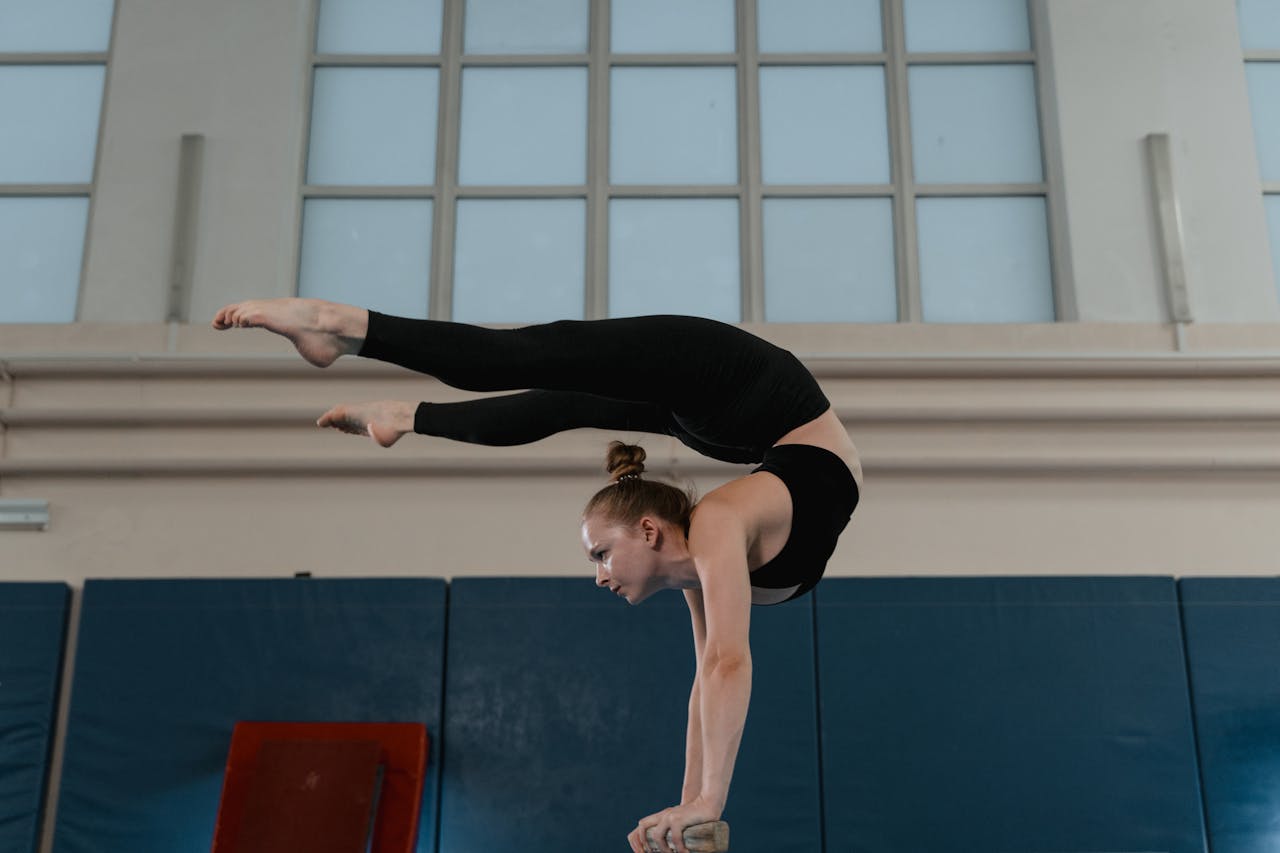
The best gymnastics strength training involves exercises that build a strong, stable and flexible upper body, core, and lower body. These gymnastics exercises should include bodyweight exercises and movements that mimic gymnastics skills, like handstands, hollow body holds, squats, and pull-ups.
Most gymnasts benefit from gymnastics strength training 2–3 times per week, either as part of warm-ups or in dedicated sessions. However, the frequency may vary depending on the level, age, training phase and goals.
Gymnastics coaches can use dedicated performance logs to track reps, hold times, and technique over time. Digital systems like Classcard offer specialized tools to monitor student progress using grade books and smart reports.
Begin with including essential gymnastics exercises as part of warm-up and cool-down routines. Design weekly plans with varying focuses (upper body, core, legs) and intensity levels. Schedule consistent sessions, include rest days and track progress with a class management platform like Classcard.